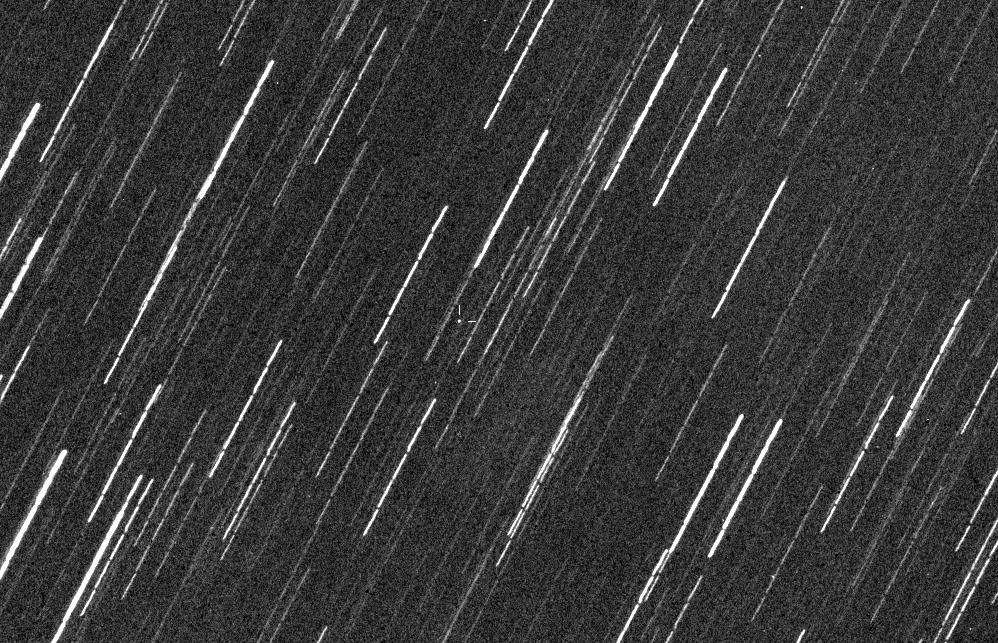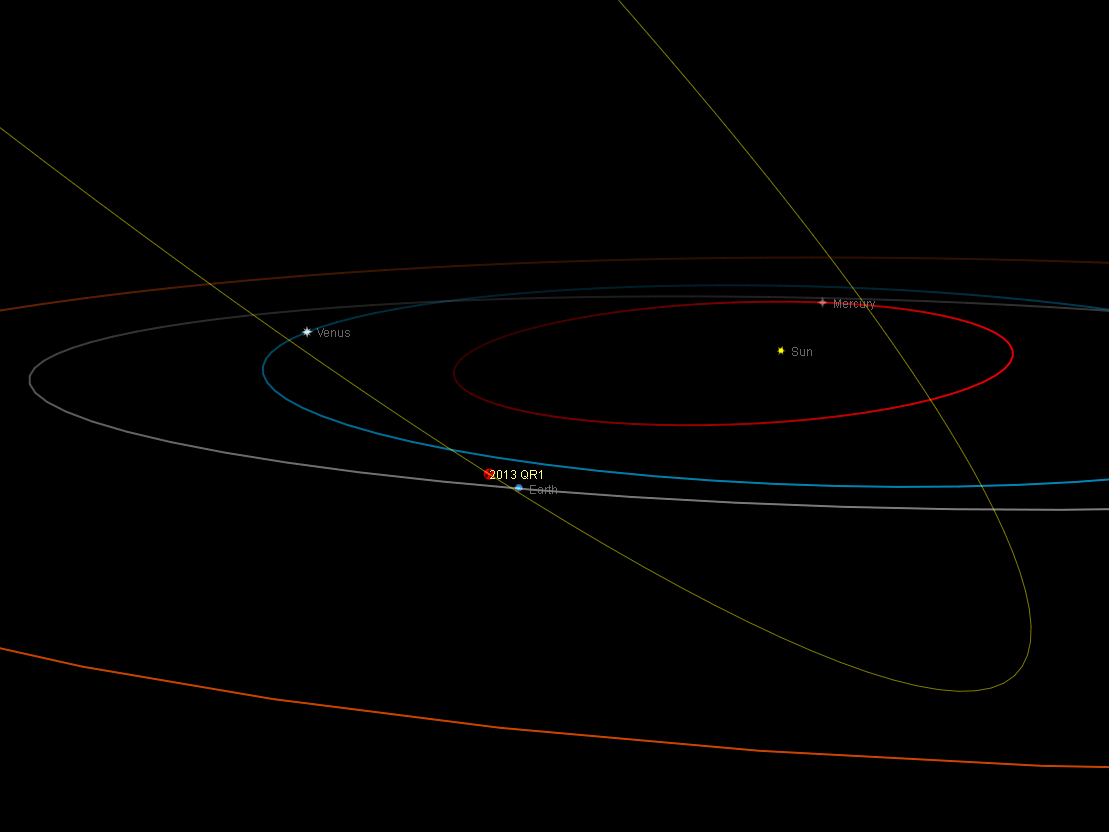Weekend Webcasts: See a Huge Asteroid and Distant Supernova

A huge asteroid passing Earth and a distant supernova are starring in a series of stargazing webcasts this weekend, giving skywatchers with cloudy skies extra chances to see some deep-sky objects.
The free webcasts by the Virtual Telescope Project and Slooh Space Camera will stream live views of the near-Earth asteroid 2013 QR1 on Saturday and Sunday (Aug. 24 and 25). The large asteroid is about 820 feet (250 meters) wide and will pass Earth early Sunday at a safe distance of 1.8 million miles (3 million kilometers). It was discovered on Aug. 16 and is classified as a "potentially hazardous asteroid," with scientists tracking it to see if it may pose a threat to Earth in the future.
You can watch the asteroid and supernova webcasts on SPACE.com here. Both webcasts are dependent on good weather at their respective observing sites.
The first webcast will begin Saturday at 6 p.m. EDT (2200 GMT) and be hosted by astrophysicist Gianluca Masi of the Virtual Telescope Project in Ceccano, Italy. It will feature live views of asteroid 2012 QR1 as it nears its closest approach with the Earth, which occurs Sunday at 12:37 a.m. EDT (0437 GMT). "It's going to be a great event," Masi said. [More photos of potentially dangerous asteroids (Gallery)]
Photos of asteroid 2012 QR1 captured by the Virtual Telescope Project show it as a pinpoint of light in a vast ocean of stars. Masi will hold two webcasts to observe the asteroid. The second webcast is scheduled for Sunday at 2:30 p.m. EDT (1830 GMT). You can follow the webcast via the Virtual Telescope Project directly here: http://www.virtualtelescope.eu/webtv/

Later on Sunday night, the Slooh Space Camera will broadcast live views of a supernova currently shining in spiral galaxy M74. The webcast will begin Sunday night at 10 p.m. EDT (0200 Aug. 26 GMT) and will also be carried on SPACE.com's stargazing show page.
Slooh's Paul Cox will discuss images of the supernova with Slooh member Christina Feliciano, who took the first "precovery" image of the supernova, Slooh officials said.
Get the Space.com Newsletter
Breaking space news, the latest updates on rocket launches, skywatching events and more!
"We'll watch real-time images of the galaxy and its supernova, which is still burning brightly," Slooh officials said in a statement. You can also watch the supernova webcast live on the online Slooh Space Camera website and the Slooh iPad App.
Galaxy M74 is located about 32 million light-years away in the constellation Pisces, the Fish. It is the brightest member of a small six-galaxy group, scientists with the Hubble Space Telescope have said.
The Slooh Space Camera will also webcast views of Neptune on late Monday (Aug. 25) as the giant planet nears opposition, a point in its orbit where it lines up with the sun and Earth.
Editor's note: If you snap an amazing picture of Neptune, asteroid 2013 QR1, supernovas or any other night sky sight that you'd like to share for a possible story or image gallery, send photos, comments and your name and location to Managing Editor Tariq Malik at spacephotos@space.com.
Email Tariq Malik at tmalik@space.com or follow him @tariqjmalik and Google+. Follow us @Spacedotcom, Facebook and Google+. Original article on SPACE.com.
Join our Space Forums to keep talking space on the latest missions, night sky and more! And if you have a news tip, correction or comment, let us know at: community@space.com.

Tariq is the Editor-in-Chief of Space.com and joined the team in 2001, first as an intern and staff writer, and later as an editor. He covers human spaceflight, exploration and space science, as well as skywatching and entertainment. He became Space.com's Managing Editor in 2009 and Editor-in-Chief in 2019. Before joining Space.com, Tariq was a staff reporter for The Los Angeles Times covering education and city beats in La Habra, Fullerton and Huntington Beach. In October 2022, Tariq received the Harry Kolcum Award for excellence in space reporting from the National Space Club Florida Committee. He is also an Eagle Scout (yes, he has the Space Exploration merit badge) and went to Space Camp four times as a kid and a fifth time as an adult. He has journalism degrees from the University of Southern California and New York University. You can find Tariq at Space.com and as the co-host to the This Week In Space podcast with space historian Rod Pyle on the TWiT network. To see his latest project, you can follow Tariq on Twitter @tariqjmalik.
